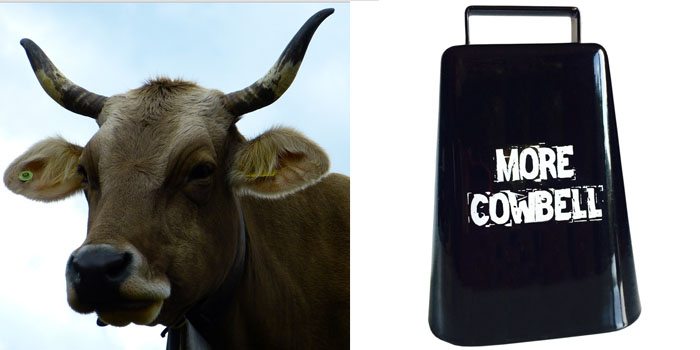

Carcassonne (image: waltthewell.com)
It wasn’t until last year that I was introduced to the Carcassonne board game. Once I had been though, I wish I’d discovered it years ago. Our family simply fell in love with the game and couldn’t stop playing it.
But although it’s a great game to play it’s a little more difficult to describe. So I’ve started to put together a series of posts about the main game and each of the expansion packs – all from a family perspective. Here’smy first one, an introduction to the basics of Carcassonne (kindly provided by Green Knight Games)…
Introduction
Carcassonne combines medieval map creation with Risk-like troop management to create a fantasy strategy game that looks as endearing as it plays. With tens of expansions, Carcassonne will keep family board game fans entertained for weeks.
Type of Game
Carcassonne is a tile-based strategy board game for two to five players. Game play revolves around laying tiles and wooden people, a process whereby each player can only place there tile next to others with matching sides to slowly build fields, towns and roads.
The strategic element in Carcassonne is deciding where to lay your tiles – to help yourself or hinder opponents – as well as when and where to place your wooden men to score points. There is a balance between scoring points immediately and placing people to try and score points at the end of the game.
Kits and Expansions
The main Carcassonne game is around $40 and usually comes with one expansion set in the box – rivers – as this has become a very common way to play the game and offers a better starting point – each player takes it in turn to lay a series of river tiles to generate a tributary around which the game can then be played.
Carcassonne has spawned a raft of expansions and spin-offs that range from $15 to $30 and take the game in different directions. Inns and Cathedrals add new tiles, and a larger two-e person. Traders and Builders adds new trade good tiles for players to collect, a pig field multiplier piece, and builder piece that permits an additional turn in certain circumstances. The Princess and the Dragon adds tiles that generate a wooden dragon that removes people from the board. The Tower adds a vertically built towers that can capture nearby followers. Abbey and Mayor that includes new general tiles and special wagons and mayor pieces. The Catapult changes the game with a real fire-able catapult that can attack pieces it hits.
Getting Started
Carcassonne is quite simple to get started playing. The basic premise of drawing a card from a bag (which is not actually provided in the box) and laying it along with a wooden person is easy to understand and execute. The basics of scoring are quite simple to begin with as well, as players keep track of points scored from completed cities and roads.
The finer details of the game are much more complex though. The ability to steal into someone else’s city or field is a science that takes a good few plays to master. Also, after playing a few times you get a much better idea of where points are really scored – and a sense that Carcassonne is often won and lost on the post game totting up of fields.
Playing the Game
Once you have unpacked the game and found a bag to pop the tiles in, you each take turns drawing a laying a piece so that slowly a medieval landscape emerges. Each turn you draw a new terrain tile and place it adjacent to tiles that are already face up. The tile must be placed to match the existing tiles on the board it touches – roads must connect to roads, cities to cities and fields to fields.
Once you have laid a card you can decide to place a wooden person (meeple) piece on the tile – in a field, road or city. This is the only time you can place the people and the only way to score points so it all becomes quite tactical.
You score points each turn for cities that are completed – have an unbroken outside wall, and roads that terminate at both ends, as well as cloisters that are surrounded by other tiles. The game ends when there are no tiles left to lay. You then score points for part completed, cities and roads before the high scoring fields. The player with the most points wins.
How Long and How Old
Although the tactics really require children of at least ten years old, the simple pattern matching of the tiles means than younger players can also enjoy joining in. Games do take a good forty five minutes to play that can be a challenge to young player’s attention spans. You can control the duration by removing tiles from the game beforehand – provided a balanced deck remains.
Adding in the board game expansion packs, of which there are many, increases the complexity and duration considerably. New rules, more complex tiles and the basic number of pieces in play make the expanded Carcassonne board game a tactical challenge for even expert players.
Conclusion
Carcassonne is a board game that has grown and developed over the last few years. The basic game creates an ambling strategic experience that culminates in a battle for control of the fields. The novelty of created a medieval map as you play the game adds a real fantasy feel to proceedings. Those that warm to the experience will soon want to consider expanding their tactical options with an extra set of two – each of which we will be reviewing over the next few weeks.

